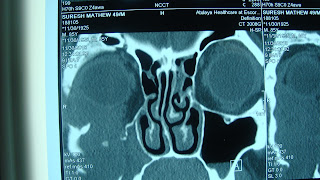Haemostasis during Tonsillectomy is an extremely important step and different surgeons have different preference for securing it. Some like suturing the bleeder which may be technically challenging at times or some like diathermy. Diathermy may be unipolar or bipolar.
Recently I did a paediatric tonsillectomy where I was comfortable with sutures and an adult tonsillectomy where sutures did not work and bleeding could be secured by bipolar cautery only. The apparent reason could be the larger and deeper tonsillar bed in adults where its difficult to secure sutures and because of too much fibrosis, it bleeds a lot.
In my opinion, suturing is best method with vicryl provided you can secure the knots at right place otherwise bipolar cautery is good. Radio-frequency is an excellent substitute for cautery and of late coblation has come. The adverse effect of using diathermy (cautery, radio-frequency or coblation) is increased postoperative pain and long term chances of developing neuralgic pain (Acquired Eagle's Syndrome).
















